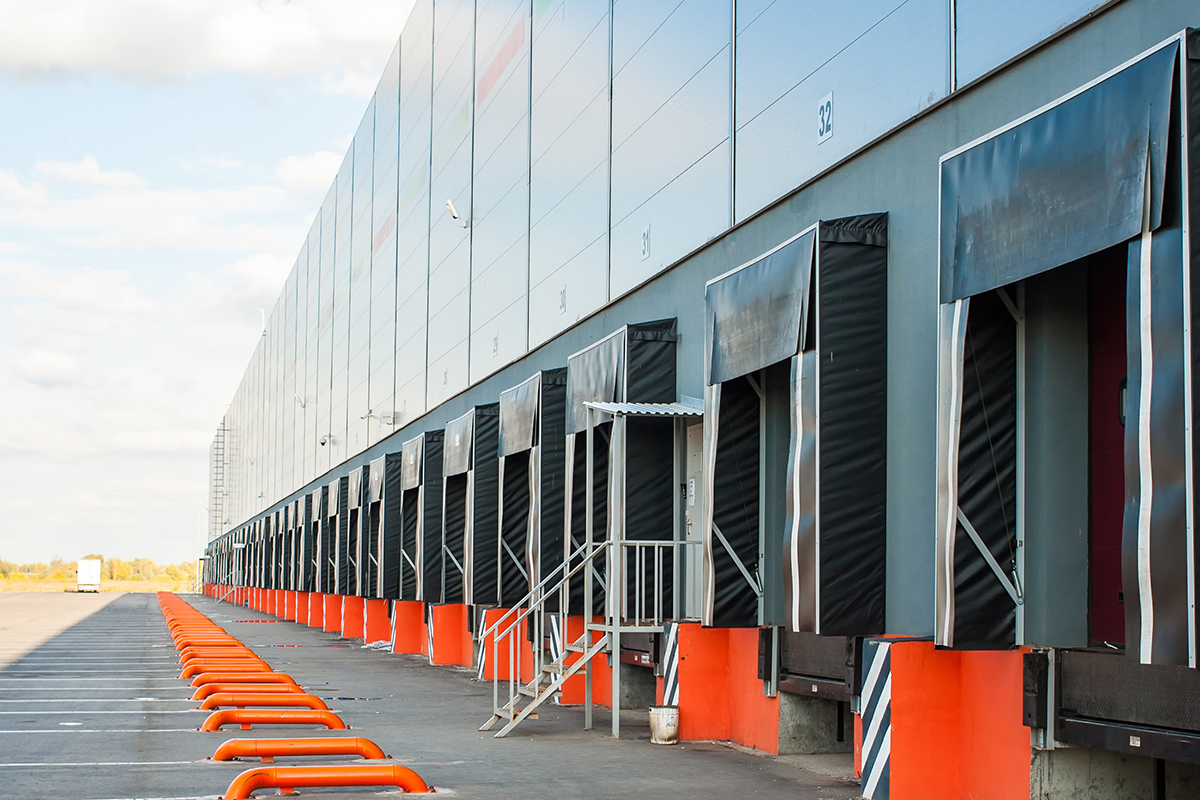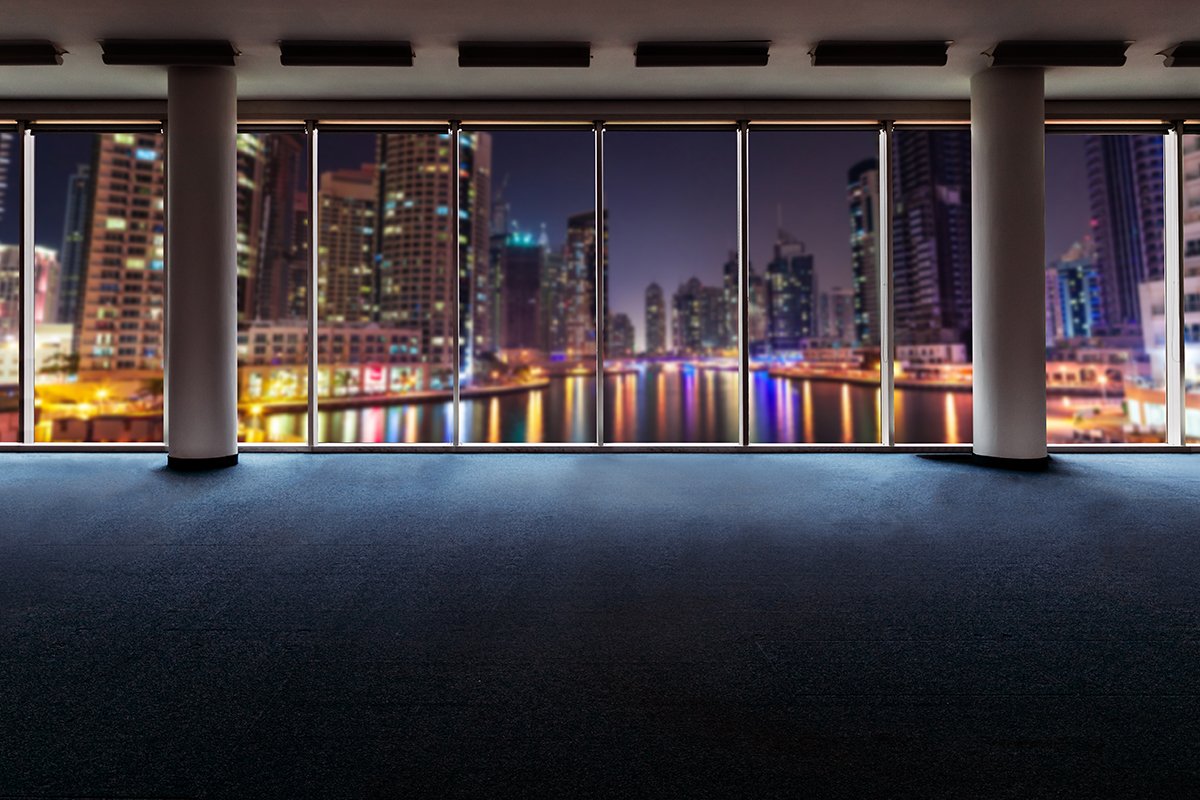Real estate developers across the Gulf region are reassessing their approaches to commercial projects as they shift away from towers and consider more diverse, sophisticated and environmentally sustainable developments that integrate office, operational and retail spaces, experts told Arabian Business.
The ongoing drive for economic diversification, surge in digital adoption and e-commerce, and rising flexible job market are triggering demand for different types of commercial real estate, with a focus on smart and specialised project clusters, they said.
While players in the sector are already catering to these needs with dedicated clusters such as Dubai Healthcare City, technology parks in Abu Dhabi, and Fintech Bay in Bahrain, developers are working hard to adapt their strategies to align with the shifting market dynamics, experts said.
“The evolution taking place in the commercial real estate sector in the GCC region has blurred traditional distinctions between office categories and tenant types, posing challenges to create more dynamic and diverse commercial districts,” Sankey Prasad, CMD, Colliers Middle East and India, told Arabian Business.
“Market dynamics are shifting in the region – as also in the wider Middle East – as governments implement economic diversification strategies and adapt to global trends,” he said.
Farooq Syed, CEO of Dubai-based Springfield Properties, said developers are being pushed to deliver mixed-use, flexible, and high-performing environments that go far beyond floor plans.
“The urgency is real and growing, fuelled by a convergence of factors: regional economic diversification mandates, the exponential rise of e-commerce, evolving workplace expectations, and a clear shift in investor appetite toward future-ready, ESG-compliant assets,” Syed told Arabian Business.
Gulf commercial real estate evolves
Industry players said the commercial property footprint in the UAE and the region increasingly reflects the new economic priorities, with flexible workspaces and innovation-focused facilities gaining prominence.
The trend has seen coworking providers expanding rapidly in major cities in the region, catering to startups, freelancers, and international companies seeking flexibility, they said.

A surge in e-commerce activities in the region is another driver which is triggering massive growth in the logistics-related commercial sectors, with smart logistics facilities incorporating IoT technology and advanced materials handling systems commanding premium valuations.
“This is creating opportunities for developers who can deliver specialised industrial products,” an industry executive said.
The Colliers regional chief executive said the logistics boom extends beyond traditional commercial centres into secondary cities and transit corridors, redistributing development activity across wider geographic areas.
The Springfield Properties chief executive said as regional economies diversify and business models shift, the expectations placed on physical spaces are changing just as fast.
“Companies are no longer looking for towers – they’re looking for ecosystems,” he said, adding that “the future of commercial real estate in the GCC is being redrawn in real time.”
Syed said this shift is not speculative – it’s measurable, as is evident from the 185 per cent jump in demand for logistics and industrial spaces in the UAE in the first half of 2024.
Prasad said as the region’s commercial real estate landscape continues evolving, stakeholders must adapt their strategies to align with these shifting dynamics.
He also pointed out that companies of late are reassessing their real estate footprints, often reducing overall square footage, while upgrading quality and flexibility with Grade A properties.
The trend is leading to properties with superior technological infrastructure and wellness features commanding premium rents, while secondary locations face increasing vacancy rates, he said.

Office space demand surges
Sector experts said meeting the demand for a steady supply of quality office assets is another major challenge developers are facing, especially in major financial centres in the UAE and Saudi Arabia, as they currently run close to capacity.
The undersupply in commercial, retail, and industrial and logistics assets is forcing occupiers to renovate existing accommodations, rather than relocating, they said.
Both countries have seen a surge in the commercial property market post-pandemic, with high tenant demand from international and domestic occupiers.
Industry insiders said environmental considerations are another factor which are reshaping development standards throughout the region.
Once known for energy-intensive buildings, Middle Eastern cities are now at the forefront of sustainable construction innovation.
Green building certifications like LEED and BREEAM have become competitive differentiators in prime office and retail sectors, with tenants increasingly demanding environmentally responsible spaces, they said.
The region’s climate conditions have also spurred innovations in cooling technologies, water conservation, and building envelope design, with projects like Dubai’s Sustainable City and Saudi Arabia’s NEOM touted as prime examples of the commercial viability of eco-friendly development.
Prasad said buildings that fail to meet these evolving sustainability standards face accelerating obsolescence and diminishing rental returns.





